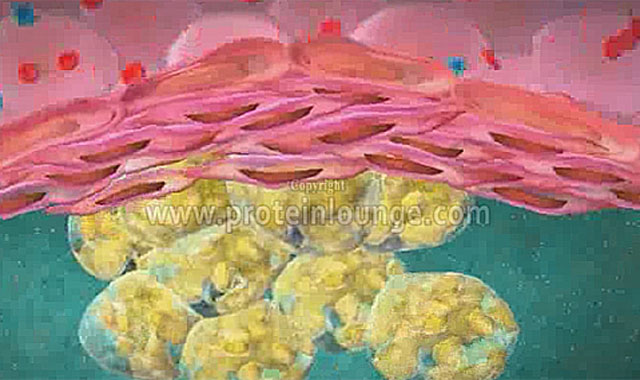Mitosis
Description
Mitosis is the process of cell division which separates the chromosomes in its cell nucleus into two identical sets. It is generally followed immediately by cytokinesis, which divides the nuclei, cytoplasm, organelles and cell membrane to form two daughter cells containing roughly equal shares of these cellular components. Mitosis consists of four phases: Prophase, Metaphase, Anaphase, and Telophase. At the onset of Prophase, chromatin condenses together to form chromosome. The nuclear membrane and nucleolus starts disappearing and the centrosomes, containing a pair of centrioles, start moving to opposite ends to form spindle fibre.
During metaphase, the spindle fibres begin to interact with the chromosomes, and the centromeres of the chromosomes align the chromosomes at the equatorial plate or metaphase plate. Kinetochore of the replicated chromosome is pointed toward one side of the spindle. Anaphase follows metaphase in which the spindle fibres shorten and the centromere splits. The separated sister chromatids are pulled along behind the centromeres and move to opposite sides of the cell. In telophase, the sister chromatids are almost over to the other end of the cell. Cytokenisis finally cleaves the cytoplasm making two daughter cells that are identical. Mitosis animation takes a deep look into the entire process of mitosis.
Browse Other Animations
 Swine Flu
Swine Flu
 Plaque Fracture
Plaque Fracture
 Bio Animation Introduction
Bio Animation Introduction
 Pathway.jpg) Immune Response, Toll Like Receptors (TLR) Pathway
Immune Response, Toll Like Receptors (TLR) Pathway

